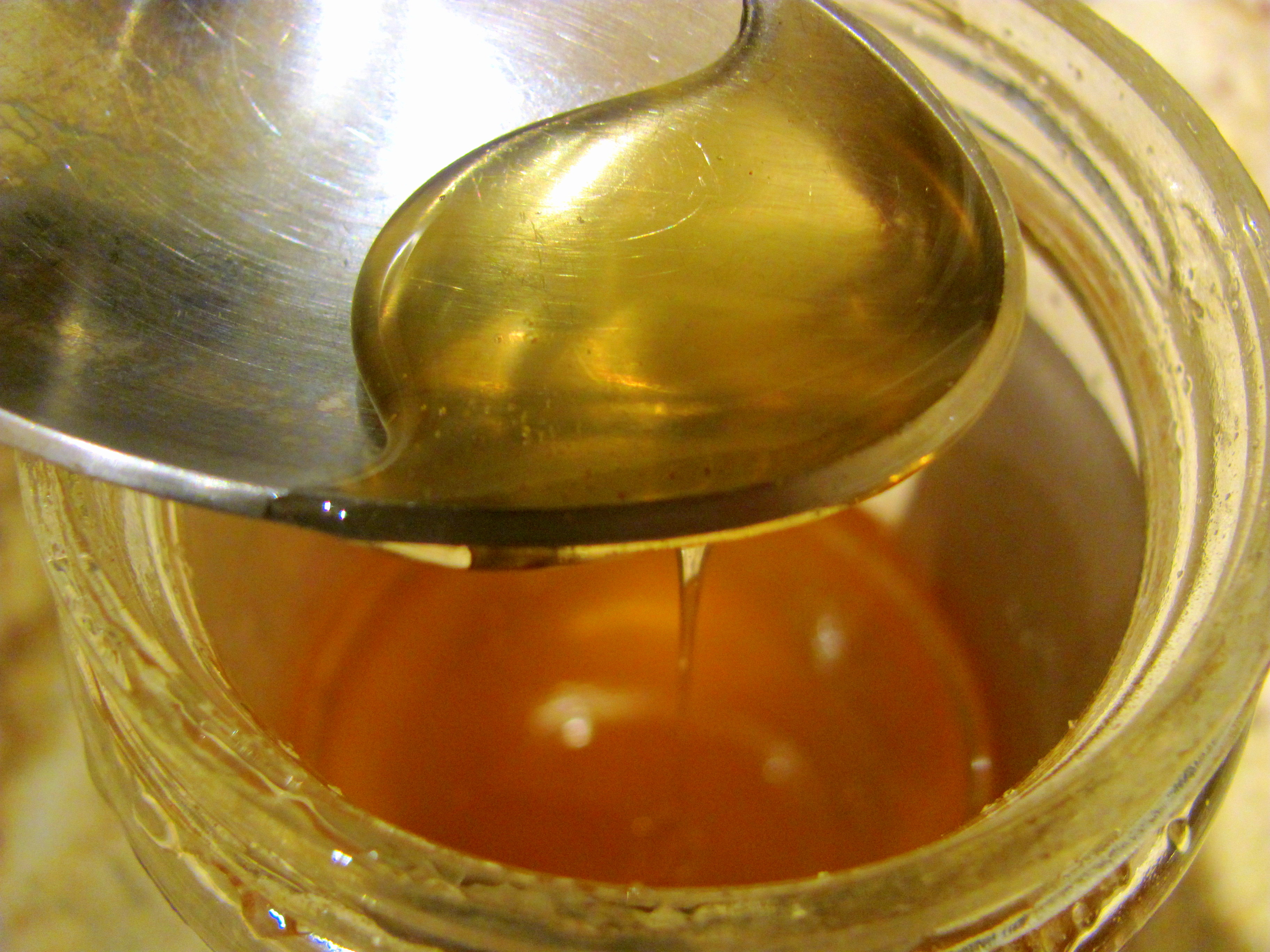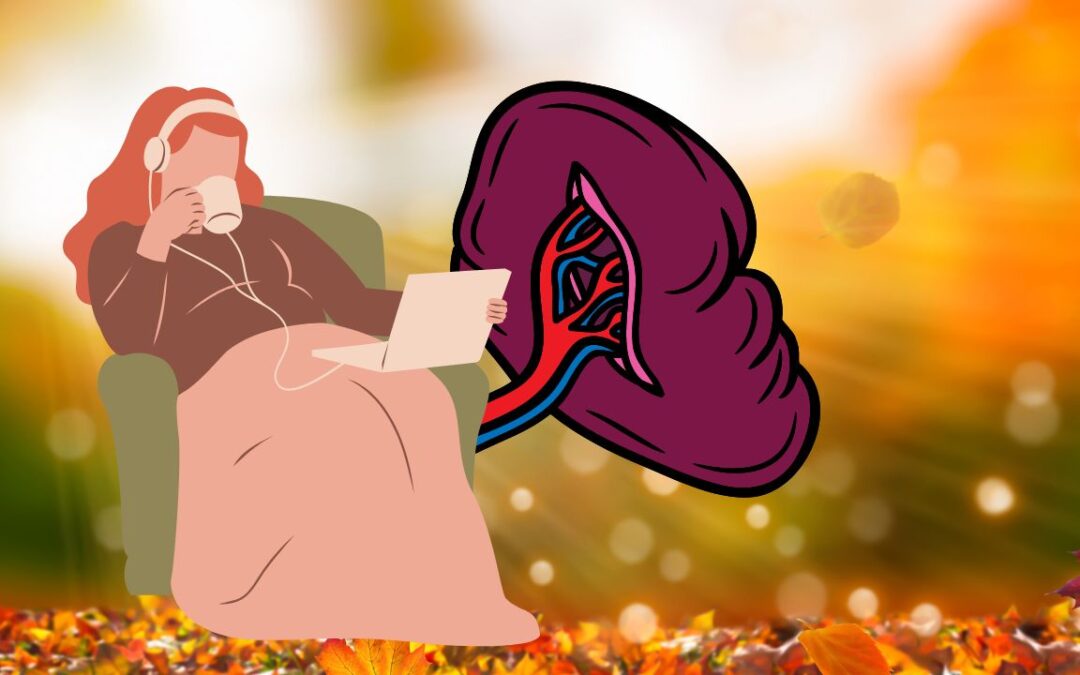
by Dr. Talia Marcheggiani, ND | Nov 27, 2022 | Cold and Flu Remedies, Digestion, Health, Mental Health, Nutrition, Traditional Chinese Medicine
What is your favourite season? Normally Fall is mine. Perhaps it’s because I’ve spent so many years as a perennial student, but the wool scarves, crisp leaves and fresh air (and pumpkin spice!) has always held a special place in my heart.
However, this year fall hit hard. It seems like within a weekend, the temps here in Southern Ontario dropped 10 degrees (celsius) and then within another weekend dropped another 10. We went from shorts weather to winter coats within a few short weeks. As an internet meme stated, “Summer left like it owed someone money” (haha!).
This rapid change can put pressure on our Spleens.
Now, what does the Spleen have to do with fall or temperature, you ask? In Western Medicine, nothing.
Anatomically, our spleen (located on the left side of the abdomen) is a reservoir for blood.
In Traditional Chinese Medicine (TCM), however the Spleen is an incredibly interesting and special organ.
The Spleen in TCM works more like a pancreas. It’s job is to take digested food and turn it into energy, or Qi, for the body to use. The spleen helps transition the body during the change of seasons, particularly from summer to fall.
- The Spleen regulates digestion, moving food Qi (the energy the food we eat) into energy that can be used by the body (think of how the pancreas’ job is to release insulin and digestive enzymes to incorporate sugars into cells to be used for energy.
- It governs the flesh and muscles (supporting muscle growth from the food we eat).
- It governs thought, memory and learning. An overactive or dysfunctional spleen can lead to rumination (overdigestion of thoughts). Digesting and incorporating too many thoughts can overload the spleen (think studying or ingesting large amounts of information—note the analogy to digesting food here!)
- The spleen manages blood (moving energy and substance around the body to nourish the skin and hair).
- It also supports immune function (or Wei Qi)
- It gives us mental and physical energy
- The spleen regulates our intellect and spirit as well as emotions (enthusiasm, sadness and worry).
During the change of season our Spleens are workinghard. Deficient Spleen Qi (or energy) can lead to an accumulation of mucus, digestive issues (bloating, constipation, diarrhea), fatigue, depression, muscle weakness, bruising and bleeding disorders.
Cravings for sweet can damage the Spleen (but also be a result of Spleen Qi deficiency). Phlegm and dampness (another word for weight gain in Chinese Medicine) can accumulate if the spleen is congested and having trouble cleanly converting energy from our food into energy from the body.
So think of typical fall symptoms (particularly if we consider that Fall is the time we are ingesting more information and mentally busier with back-to-school for students): congestion, susceptibility to colds and flus, fatigue, sluggishness, lower mood.
Spleen Qi deficiency can also cause dry skin and lips, a swollen tongue, feelings of sadness, rumination and worry. Prolonged spleen qi deficiency can lead to Spleen Yang Deficiency (feelings of deep fatigue, coldness, swelling and weight gain).
How do we support Spleen Qi?
- Regulating our consumption of sugar (avoiding refined sugar and consuming natural sugars from starchy vegetables and fruit instead).
- Taking time to rest the mind (meditation, yoga, prioritizing sleep)
- Protecting the “windgate” or back of the neck using scarves to protect our immune system (the wind gate is where “cold” gets into the body).
- Consuming nourishing and easy-to-digest foods that are warm and slow-cooked. Think soups and stews, bone broths, congee, root veggies, beef and chicken, warming spices like ginger, cardamom, cinnamon, etc. (hello, pumpkin spice!)
- Consuming warm drinks like herbal teas like President’s Choice “feeling soothed” or “feeling revitalized” or “feeling energized” (all containing herbal combos that support Spleen and adrenal health).
- Considering taking adaptogenic herbs like schisandra, astragalus, codonopsis, goji, Lycii and wild yam (some of which are ingredients in change of season soup) which support our adrenals and immune system.
- Supporting the emotions, engaging in laughter, cuddles, and play more often to take the focus off the mind and thoughts and support deeper, spleen-y emotions like enthusiasm and child-like play.
Because fall hit so hard, I didn’t have time to get into my Spleen routines. I went from cold smoothies in the morning and lots of coffee to feeling tired, sluggish and congested–ugh!
Now that we’re well into October and Canadian Thanksgiving has past, I am remembering my Spleen practices. These involve spending time in the kitchen to create warm stews (cooking beef and vegetables with curry spices) and bone broths. I’ve given up coffee and started consuming copious amounts of green and herbal tea.
I’ve started taking herbs to support gut health like oregano and ginger.
I’ve gotten back into taking a probiotic.
And, finally, I’ve started taking my cod liver oil to get a healthy dose of vitamin D and vitamin A to support immunity and mood.
It’s also important to spend as much time outside as possible. Days are getting shorter and our exposure to mood-elevating and stimulating sunlight is getting sparser and sparser. We’re spending more time inside as we work on sedentary projects that tax the mind but leave the body unattended to.
While many patients state that they find it hard to get outside when the days cool off, I urge you to consider that cold exposure is the single most important thing you can do to prepare your mind and immune system for winter.
Get outside daily (without sunglasses–if appropriate for you) and go for a walk. Enjoy the fall colours. Protect your windgate. Breathe in the fresh air.
Cold exposure increases your body’s ability to create antioxidants. It also “hardens” the body for cold resilience making the transition to winter much more enjoyable.
And, of course, remember to tend to your spleen as the days get colder and shorter.

by Dr. Talia Marcheggiani, ND | Dec 8, 2021 | Addiction, Anxiety, Cold and Flu Remedies, Depression, Detoxification, Exercise, Fitness, Happiness, Health, Inflammation, Mental Health, metabolic health, Motivation, Nature, Nature Cure, Stress
In the winter of 2019 I took a surfing lesson in Costa Rica. I fell in love–the sun and salt water on my skin, the beautiful view of the beach, the spray off the back of the waves, the loud crashing of translucent turquoise, and the feeling of power, ease, flow and grace as I stood on a board, using the energy of the earth to fly across water.
The problem was, however, I would be going home in a week to a landlocked part of the world that spends a lot of its months covered in ice.
It was depressing.
Then I met a girl from Toronto, a psychotherapist who worked at a clinic just down the street from my old one.
“You can surf in Toronto, you know”, she informed me.
Where? I thought, astounded.
“On the lakes!” She exclaimed.
I was flabbergasted–perhaps I could be a surfer after all. The beach bum lifestyle, the rock hard abs, the zinc oxide cheek bones, the chronically wet hair, watching the winds and tides and slipping out for a sun-soaked hour during a work break. Could this be true–could you surf the Great Lakes?
“The thing is,” she continued, “the surf season is from October to March”.
Oh.
Winter surfing.
It was still interested, though.
Back in Toronto, I waited for the next strong February East wind and headed to a surf spot I’d heard about on Lake Ontario. I was met with a crowd of black neoprene-clad surfers, soaked by water, wind and sleet. The elements were harsh. The stoke, however, was infectious.
Ok, I could do this, I thought.
My next stop was the surf shop. I purchased gear and the rest is history.
Not a lot of us are built to slip into near-freezing water during the frigid winter months to catch a few waves. Lake waves are harder to catch, the currents are strong, ice chunks are a thing to watch out for, and… it’s friggin’ cold! But, surfing is surfing. The lakes provide beautiful landscapes, just like the ocean, and the feeling of catching a wave and riding it is the same.
There’s also the benefit of body hardening.
We modern humans are very different from our hunter-gatherer ancestors. Our genes may be the same, but our lifestyles couldn’t be further apart. Down-filled jackets and central heating protect us from the discomfort of the elements. In a sense, our lives are temperature controlled.
However, our incidence of chronic degenerative disease has never been higher.
Body hardening practices involves exposure against natural stimuli, such as intense cold, that results in increased resilience–resistance to disease and improved health.
A 1998 study in QJM: an international journal of medicine looked at antioxidant production in German winter swimmers.
Winter swimming, just like winter surfing, is a thing. As of the 90s, there were 3000 Germans who participated in winter swimming clubs. They were known to experience a 40% reduction in respiratory diseases compared to the rest of the population, debunking the notion that if you exposure yourself to cold you’ll “catch a cold”.
The study looked at 23 male and 13 female who had been members of a Berlin winter swimming club for more than two years. On average they swam for 5 to 10 minutes on a weekly basis in water between 1 and 5 degrees celsius. Their blood levels of glutathione were compared with that of 28 healthy men and 12 healthy women who had never participated in cold-exposure body hardening therapies such as winter swimming.
Glutathione is our body’s main antioxidant. It protects us from free radicals (reactive oxygen and reactive nitrogen species, ROS and RNS, respectively) that are harmful to our cells. It is produced from three amino acids: glycine, cysteine, and glutamine.
Glutathione reduces oxidative stress produced by these free radicals that occur in cells as a result of their energy production, as well as toxins, pollutants and other stressors. A deficiency of glutathione is associated with an increased risk of cancer, accelerated aging, and other diseases, such as metabolic disease like diabetes and cognitive diseases like Parkinson’s. It decreases as a result of aging, chronic disease, toxin exposure, and chronic stress.
Elevating glutathione status has been shown to improve conditions like insulin resistance, autoimmune diseases, cognitive and mental health conditions, fatty liver and cirrhosis, autism, and respiratory diseases.
It was found that after cold water exposure, blood levels of antioxidants like glutathione decreases, indicating that cold water exposure induces oxidative stress on the body. However, after a period of time, glutathione levels rose higher than that of baseline.
Baseline blood levels of glutathione were higher in cold water swimmers, indicating that their bodies were more efficient at producing glutathione in response to the temporary oxidative stress imposed on them by the cold exposure.
In essence, “what doesn’t kill you makes you stronger”.
This is called hormesis: when temporary stress is imposed on our bodies, we respond with adaptive measures, such as increased glutathione production to combat that stress. However, our bodies are smart. They figure that if we’re exposed to some cold stress, there might be more coming. Therefore, it might be a good idea to invest energy into hardening, preparing for more of that same stress in the future and, in essence, becoming more resilient. And so, when exposed to a stressor, we often produce more antioxidant than is needed to simply overcome that stressor, and this results in an overall net benefit to our health and well-being.
Just like lifting weights makes us stronger for the next time we lift weights, we become stronger and more resilient at our baseline as we prepare for the next hit of cold, heat, exercise, or stress.
The 1998 study also revealed that cold water swimmers had more enzymes that combat free radicals such as superoxide dismutase, glutathione peroxidase, and catalase, meaning that their cells were better prepared to ramp up antioxidant production quickly and neutralize free radicals at a moment’s notice, if needed.
Cold water swimmers also produced four times more norepinephrine after their cold exposure. Norepinephrine is part of our fight or flight response, but is also associated with increased energy, mood, motivation and well-being. Imagine a hit of caffeine–that’s a bit what cold burst can do to you via norepinephrine. Heart race increases, and we’re filled with an excited euphoria.
Norepinephrine is part of the reason why cold therapy has been touted as a remedy for depression. Cold exposure provides a much-needed burst of mobilizing chemicals to kickstart feelings of well-being and motivation for people who are struggling with low mood and arousal.
Cold therapy also increases dopamine by 250%, according to a 2000 study in the European Journal of Applied Physiology. Dopamine gives us the sense of motivation and meaning in pursuing a goal. It fills us with purpose and drive. So many of us are starved of dopamine and therefore so much of our culture involves trying to increase dopamine: scrolling social media, consuming sugar, playing video games, and so on.
The problem with many of these attempts to boost dopamine is that they come with a cost. We get a hit of pleasure from consuming sugar, for example, followed by a dip in our baseline levels of dopamine. Overall, we’re left feeling empty, foggy, purposeless, and addicted. We experience cravings that need to be filled.
Even supplements like Macuna pruriens and l-tyrosine, designed to boost dopamine levels, result in crashes 30 to 45 minutes after they peak.
Cold exposure, however, gives us a hit of dopamine that remains elevated for hours without a resulting crash. This provides an intense boost to mood, motivation, cognitive function, concentration, focus, purpose and drive. Like norepinephrine this can also contribute to cold therapy’s anti-depressive effect.
It seems that if we engage in something hard and uncomfortable, something that requires effort–like cold exposure–our body rewards us with an increase in mood, motivation and drive through the enhancement of dopamine production in our brains.
Winter surfing has been an immense gift to my health and well-being. It’s given me purpose, community, exposure to nature, and a wonderful outlet for body hardening. If I go more than a week without a surf session I start to feel a bit of withdrawal. There is nothing more therapeutic than hours spent checking the forecast, and driving to chase waves in order to end up floating in the middle of a beautiful lake, surrounded by nature and friends.
With regular winter surfing I feel invigorated, energized and fit–the mood-lifting effects of the cold exposure is comparable to nothing else.
This winter my message to everyone is: get outside. Exposure yourself to cold. Expose yourself to nature. Use the elements and the changing seasons as tools to enhance your health.
There are incredible mood-elevating, immune system-boosting and anti-aging benefits to becoming more resilient. While it may be uncomfortable, cold adaptation is a sign of your improved vitality and disease resistance.
Nature’s harshness evolved us. Temperature extremes helped to shape our DNA. Our genes contain codes for amazing mental, emotional, and physical resilience. They are waiting to be turned on at a moment’s notice, if only they’re given a reason.
Cold exposure flips the on-switch to your body’s incredible superpowers. Let’s explore the potential of this beautiful vessel in which we all live.
References:
Šrámek, P., Šimečková, M., Janský, L. et al. Human physiological responses to immersion into water of different temperatures. Eur J Appl Physiol 81, 436–442 (2000). https://doi.org/10.1007/s004210050065
W.G. Siems, R. Brenke, O. Sommerburg, T. Grune, Improved antioxidative protection in winter swimmers, QJM: An International Journal of Medicine, Volume 92, Issue 4, April 1999, Pages 193–198, https://doi.org/10.1093/qjmed/92.4.193
Image: Dean Weare at www.dweare.com
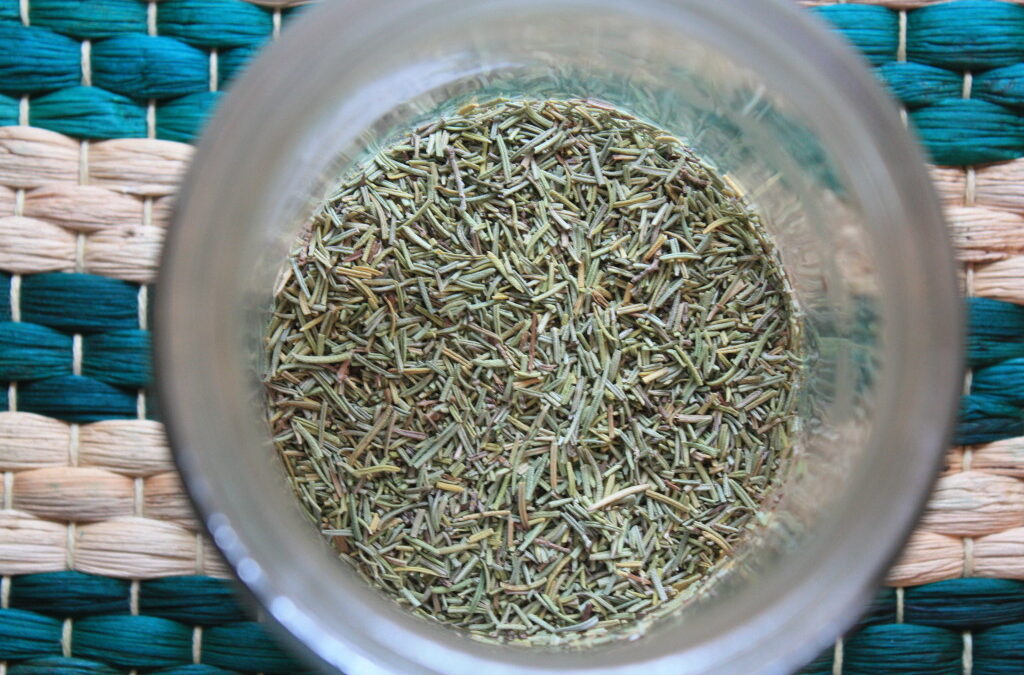
by Dr. Talia Marcheggiani, ND | Aug 25, 2015 | Botanical Medicine, Cold and Flu Remedies, Detoxification, Digestion, DIY, Fertility, Herbalism, Hormones, Medicine, Mental Health, Mind Body Medicine, Recipes, Skin health, Women's health
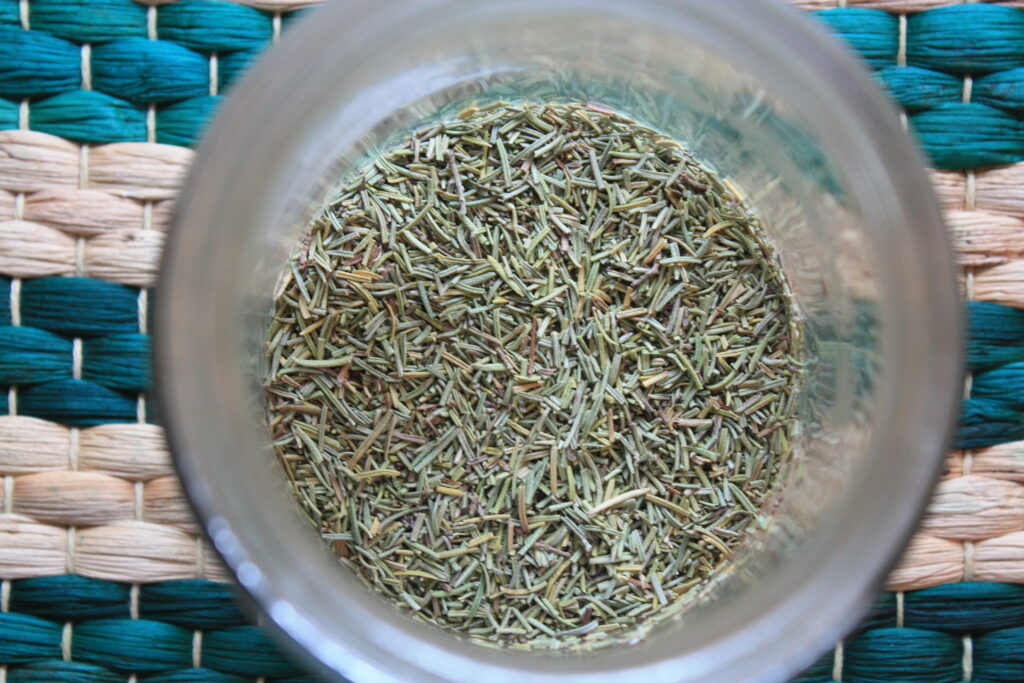
As a student of naturopathic medicine, I didn’t quite get herbs. They were natural, sure, but why would I prescribe them in lieu of homeopathy, dietary changes or nutritional supplements? I didn’t get it.
I liked herbs; I understood the idea of synergy—the fact that the effect of the entire plant is greater than the sum of its parts. Also, I knew that plants often have superior effects to some drugs in that they often contain active ingredients that balance the side effects otherwise caused by most pharmaceutical medications. For example, anti-inflammatory herbs like turmeric and licorice root also support and strengthen the immune system, rather than suppress it, as most anti-inflammatory drugs tend to do. For most drugs that lower inflammation, a common side effect is severe immune deficiency. This is not the case for herbs that lower inflammation, which actually benefit the immune system. So, I knew herbs were cool.
I also liked the idea that each tincture was individually created for the totality of symptoms a patient presented with. Creating a specific medicine for each individual seemed to fit with the idea of singularity in medicine, which I resonated with. However, for a long time I didn’t get herbs. And I’ve often been reluctant to prescribe herbs in my practice.
First of all, I don’t have my own dispensary so sending patients off to buy tinctures created a kind of disconnection from the source of my prescriptions. Secondly, as many of you who have tried it can contest, tinctures (or herbs extracted in alcohol) taste terrible and make compliance hard, even for myself. Thirdly, tinctures are quite expensive. Each 50 ml of tincture can cost upwards of $5 making a month’s supply of herbs quite costly. This is funny because many of the herbs that are so costly to buy grow like weeds in southern Ontario (dandelion, for example, is often considered a weed) and tinctures aren’t that difficult to make. Fourthly, I didn’t like to prescribe tinctures because, as I understood it, people would only feel better while actively taking the herb. In my mind, the herb worked like a drug in that once you stopped taking it, the positive effects would diminish. This differed from my understanding of homeopathy, which stimulates the body to heal itself, correcting nutritional deficiencies or looking for and treating the root cause of symptoms. I doubted whether the way we were taught to prescribe herbs did in fact treat the root cause. This is important because the guiding principles of naturopathic medicine dictate that we aim to do this whenever possible.
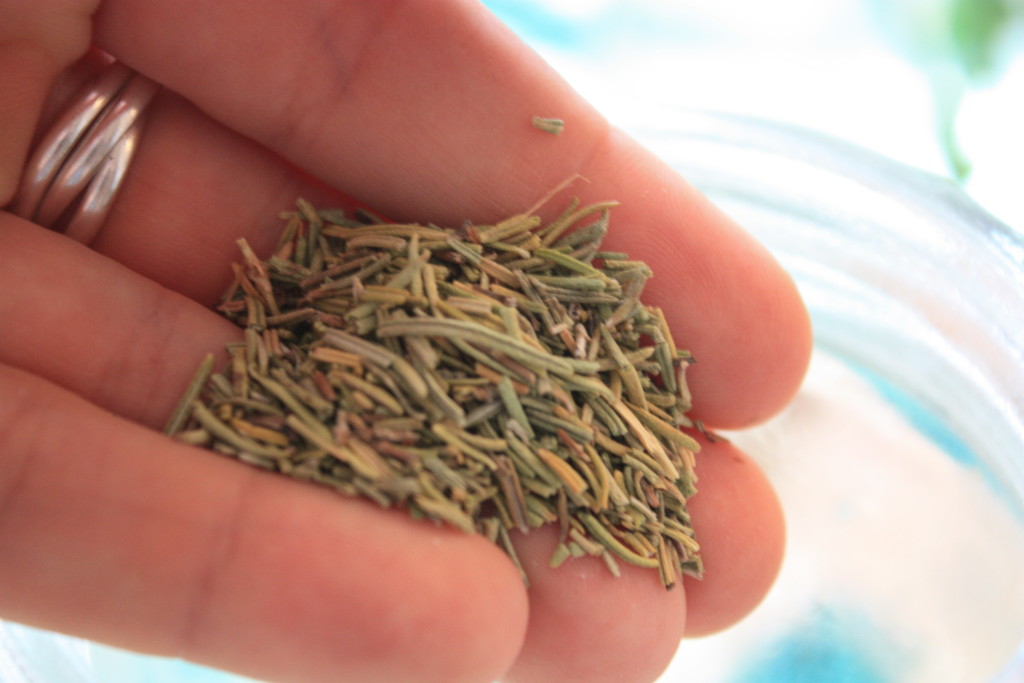
I had no doubt, however, that herbs were effective. Taking a tincture seemed to be far more effective for me and the patients I treat than taking supplements. Herbs are nutritional—they are a food and a medicine and therefore contain a myriad of health benefits beyond treating what they are prescribed to treat.
It wasn’t until I read author and herbalist Matthew Wood’s works on herbalism that I began to internalize the idea that herbs do in fact stimulate the body to heal itself. Plants contain an inherent wisdom, according to Wood and his studies in western and Native American herbalism. Plants eradicate disease by stimulating the healing powers of the body and strengthening the body’s capacity to heal itself from disease. The body is constantly trying to heal itself from ailments and, when these processes become blocked for one reason or another, disease symptoms begin to manifest. Herbs can strengthen the body’s healing processes, when prescribed in a certain way, and large doses for long courses of time are not necessary. Further, once the disease is eradicated, the herbs can be stopped. When prescribed as a healing catalyst, disease doesn’t return once the herbal prescriptions have done their work.
Wood writes, “It should be understood that herbs can be used either way: to stimulate the self-healing powers of the organism to return to health, or to artificially manipulate the organism to fit an artificial goal.” He uses the examples of goldenseal, which at high doses can kill bacteria or viruses that have invaded the body and in smaller doses can increase the mucosa and digestive systems of the body to rid itself of the invaders and, in turn, strengthen the body against future invasions.
In regards to the cost of herbal tinctures, there are relatively simple ways to get the effects of herbs by making your own tinctures.
Read on to support liver detox, hormonal health and cardiovascular health by creating your own rosemary tincture using dried rosemary, one of my favourite herbs of the moment, and a bottle of white wine:
Rosmarinus officinalis, is the latin name for rosemary, a member of the mint family. While better known for its ability to perfectly complement roast chicken, it has a number of health benefits. Rosemary’s energetic actions are stimulating and warming, according to Matthew Wood. It clears up phlegm and dampness, stagnation and sluggishness in the tissues.
Rosemary has the ability to boost metabolism and increase the absorption of sugars and fats, which make it an appropriate nutritional supplement for people with diabetes. It can help drive glucose into the cells, diminishing the need for the body to release large amounts of insulin, re-sensitizing cells to insulin and lowering blood sugar. It can help nourish the entire body and has a special affinity for the heart, lungs, spleen, liver and kidneys.
Rosemary is currently often used to detoxify toxic, exogenous estrogens from the body while promoting the conversion of health-promoting estrogens in the liver. It is a powerful stimulator of liver detoxification. It therefore serves as a cheap and useful remedy for seasonal, full-body detoxes or coming off oral contraceptive or synthetic hormones, such as the fertility drugs given before IVF treatments. It is also useful for promoting circulation and lymphatic drainage, moving sluggishness and excess weight and creating warmth and vitality in the body’s circulatory systems.
Herbalists use rosemary tincture or oil applied topically to the head and neck to treat migraines from tense shoulder and neck muscles. Its scent is aromatic and stimulating and can improve memory and cognition. It is an effective remedy for mental-emotional depression when taken internally, especially where patients feel damp, sluggish, lack motivation and experience feelings of mental dullness.
As a digestive aid, rosemary can help relieve abdominal bloating and flatulence. It also helps stimulates appetite. It helps burn up phlegm in the stomach and can aid in weight loss.
In addition, rosemary contains antimicrobial properties, meaning it can be used to kill bacterial and viral infections, especially when taken at the beginning of a cold.
It is a powerful heart tonic, especially where there is edema and circulatory stagnation, such as early signs of congestive heart failure. It also can help with arthritic pains and joint stiffness when applied topically to joints or taken internally as an anti-inflammatory.
In Matthew Wood’s book, The Practice of Traditional Western Herbalism, he recommends creating a rosemary infusion (infuse fresh leaves and flowers in a pot of boiled water and keep covered) or a tincture using white wine as the alcohol base.
A few days into taking this tincture (mixed with a little water to dilute the strong taste), I’ve noticed my skin clear, my digestion improve, my stomach flatten (I no longer have any bloating and I’ve been experimenting with eating wheat again for the first time in years), and my energy increase. My symptoms of PMS this month subsided before my period even came. I had a canker sore in my mouth that immediately went away once I started taking rosemary wine. I’ll certainly be adding this cheap and effective DIY remedy to my self-care and general health-promoting regime.
Here’s how to make your own.
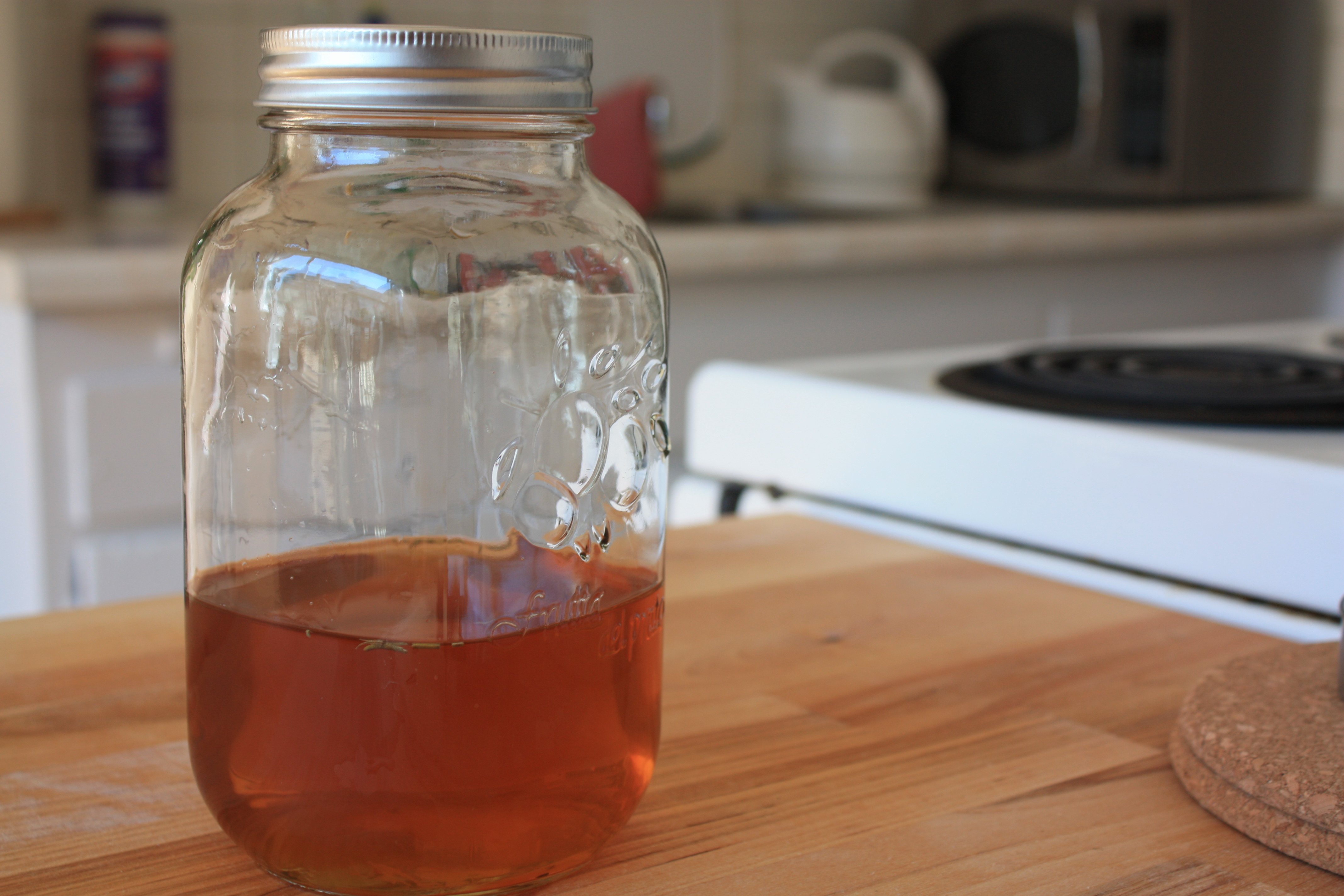
Rosemary Wine:
Ingredients:
1 handful (approximately 250 ml) of rosemary leaves, dried, cut up as small as possible (you can use a packet of rosemary spice from the grocery store). Extra points for organic.
1 bottle (750 ml) of white wine (Wood recommends a good quality wine, I used a cheap homemade one I was given as a gift).
1 empty glass bottle/jar
Directions:
Put rosemary in the empty glass jar. Pour entire 750 ml bottle of white wine over rosemary and let stand in a cool, dry place for 2-3 days. Then strain out the herbs and store the liquid tincture in a cool, dry, dark place, like a cupboard.
Talk to your naturopathic doctor about appropriate dosing, though most botanical prescriptions involve 1 tsp of tincture 2-3 times a day away from food. This will vary according to your health challenges and health goals, among many other factors.*
Reference:
Wood, Matthew. 2004. The Practice of Traditional Western Herbalism: Basic doctrine, energetics and classification. Berkeley, California: North Atlantic Books.
*This article is not to be confused with medical advice from a licensed naturopathic doctor. If you suffer from one of the above-mentioned conditions and believe rosemary might help, please book an appointment to receive an appropriate assessment.







